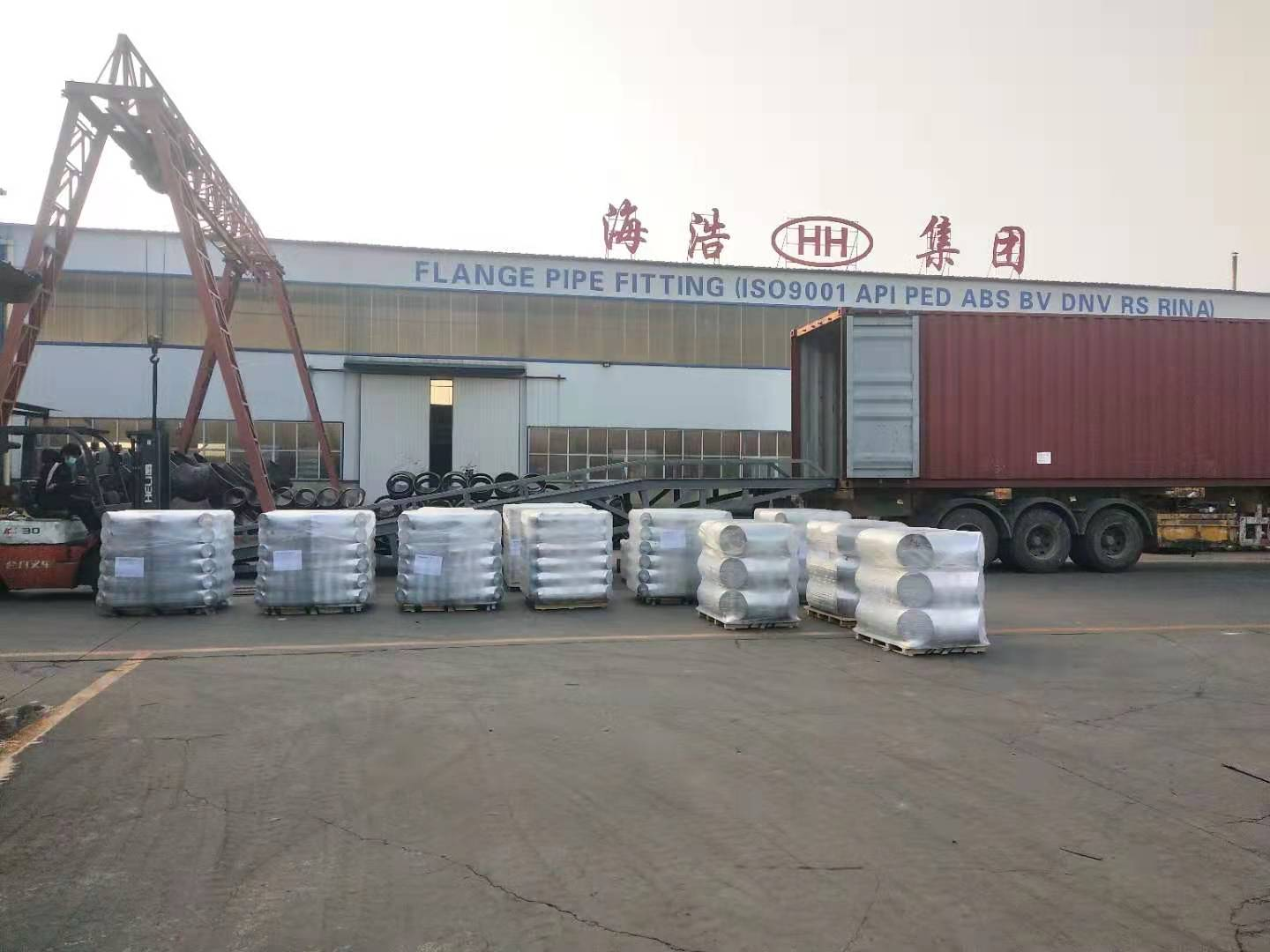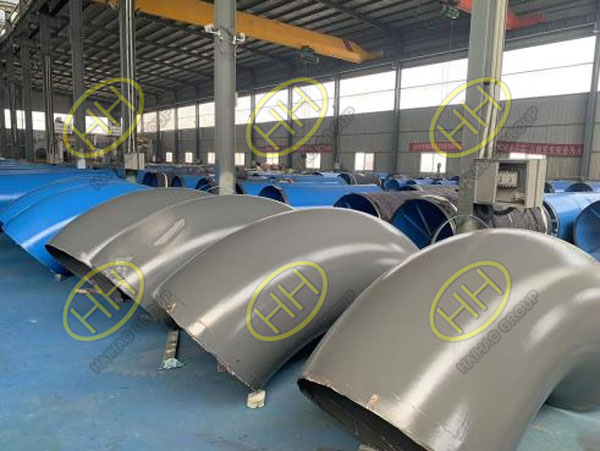Haihao Group reports on recent shifts in raw material prices
Over the past two weeks, the pricing dynamics in the black metal sector have witnessed a distinct separation between raw material prices, which are on the rise, and steel prices, which are experiencing a mild decline. As of August 10th, iron ore, coking coal, and coke futures prices have continued their upward trajectory, increasing by 8.7%, 5.0%, and 3.0%, respectively, as of this Monday, August 21st. In contrast, rebar and hot-rolled coil futures prices have decreased by 0.1% and 1.1%, respectively.
Analyzing the current trends, we observe that the upward momentum in raw material prices remains intact, while downstream steel prices are experiencing a slightly more pronounced correction from their recent highs, with somewhat diminished upward momentum. However, it is important to note that the futures prices for black metal commodities all exhibit a contango structure, with upstream products showing a slightly stronger contango than downstream products. This suggests that the current divergence in pricing dynamics may not be sustained for an extended period, with a higher likelihood of convergence in the future, resulting in fundamentally aligned market trends.

Haihao Group
The key driver behind the current divergence in upstream and downstream market trends is the market’s expectation regarding the supply and demand fundamentals in the black metal sector. Specifically, concerns are arising about sluggish future demand for downstream rebar and oversupply issues in hot-rolled coil production.
Regarding rebar, recent improvements in weather conditions, coupled with the approaching peak demand season, have led to an unexpected surge in rebar demand, with a week-on-week increase of 292,000 tons during the week of August 14th to 18th. This rapid demand recovery has brought the total weekly demand to approximately 2.733 million tons, returning to pre-typhoon levels. Apparent demand data for rebar across various regions, previously affected by heavy rainfall, such as Southwest, East China, North China, and Northeast China, all show signs of recovery. This demand rebound has allowed rebar to end seven consecutive weeks of accumulating inventory and enter a destocking phase. However, it’s important to note that the primary reason for this destocking phase is the voluntary production cutbacks by steel mills due to losses, with the short-term demand recovery being a secondary factor.

Elbows coated FBE
In the case of hot-rolled coil, production has increased continuously over the past two weeks. Last week, hot-rolled coil production reached 3.15 million tons, marking a production high not seen since June. This increase in supply has put pressure on forward prices. Looking ahead, the marginal improvement in steel demand, due to the ongoing downturn in the real estate sector and weakening infrastructure development, suggests limited room for steel demand improvement. Simultaneously, the increased increment of steel exports in the first half of the year is showing signs of fatigue, with overall demand presenting a less optimistic outlook, reducing the likelihood of significant price increases.
Upstream, the fundamentals of iron ore, coking coal, and coke provide strong support for recent price increases, particularly evident in the case of iron ore. Last week, the average price of PB powder (Pilbara Blend fines) at Qingdao Port increased by 5 RMB/ton compared to the previous week. Despite recurring rumors in the market regarding production restrictions in the steel sector, a consensus on the implementation of these restrictions has not yet been reached. Additionally, daily pig iron production in major restriction areas continues to increase, contributing to a rapid rebound in iron ore spot prices from 828 RMB/ton to 857 RMB/ton.
In terms of inventory, steel mills in the East China region have reduced their imported iron ore stocks by 1.11 million tons, leading to historically low available days of inventory and providing strong support for iron ore prices. In the case of coking coal and coke, the increase in daily pig iron production by steel mills remains a key supporting factor for prices. However, the supply side of coking coal and coke continues to strengthen. For example, the operating rate of coking companies increased by 0.6% compared to the previous month, reaching a new high since May. Similarly, the operating rate of sampled coal washing plants increased by 0.43% compared to the previous month, reaching a high point in nearly a month. This has contributed to the continued accumulation of cumulative stocks, exerting downward pressure on coking coal and coke prices and resulting in weaker upward momentum in their futures prices compared to iron ore.
Looking ahead, the divergence in pricing trends between upstream and downstream markets driven by short-term fundamentals is unlikely to persist. The implementation of production restrictions in the steel sector and improvements in end-user demand will remain key factors influencing future trends in the black metal sector.
For more information on raw material prices and industry trends, please don’t hesitate to contact us. At Haihao Group, we are dedicated to providing timely and insightful updates on the markets we serve.

